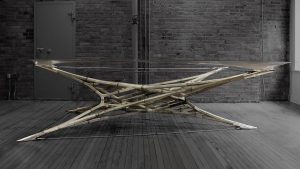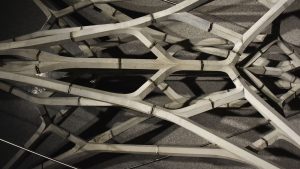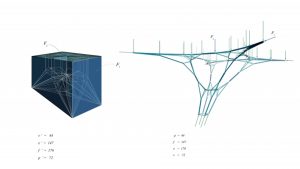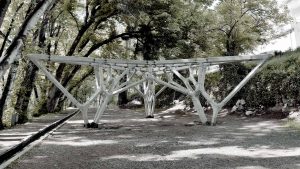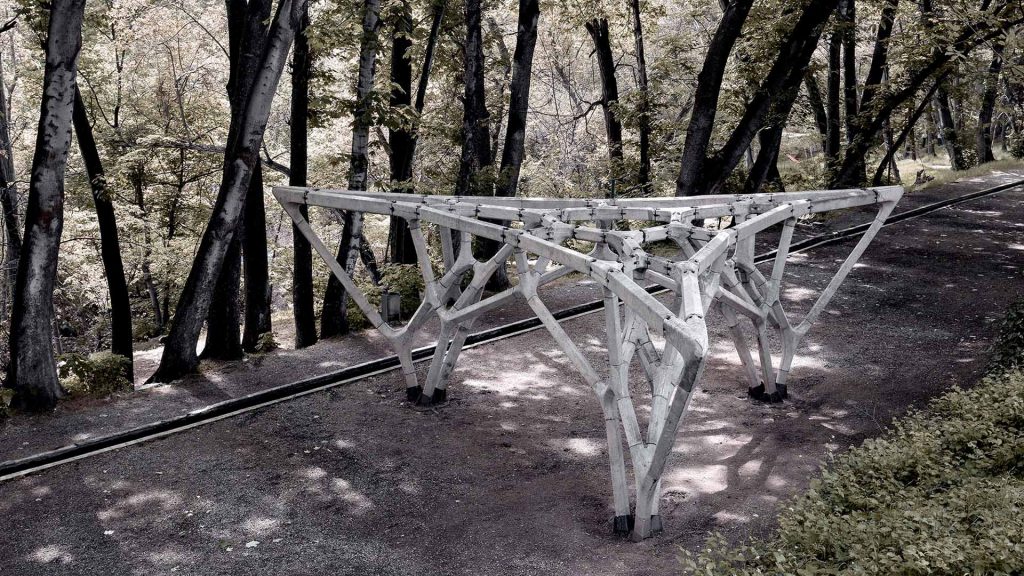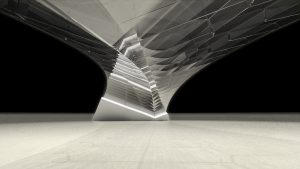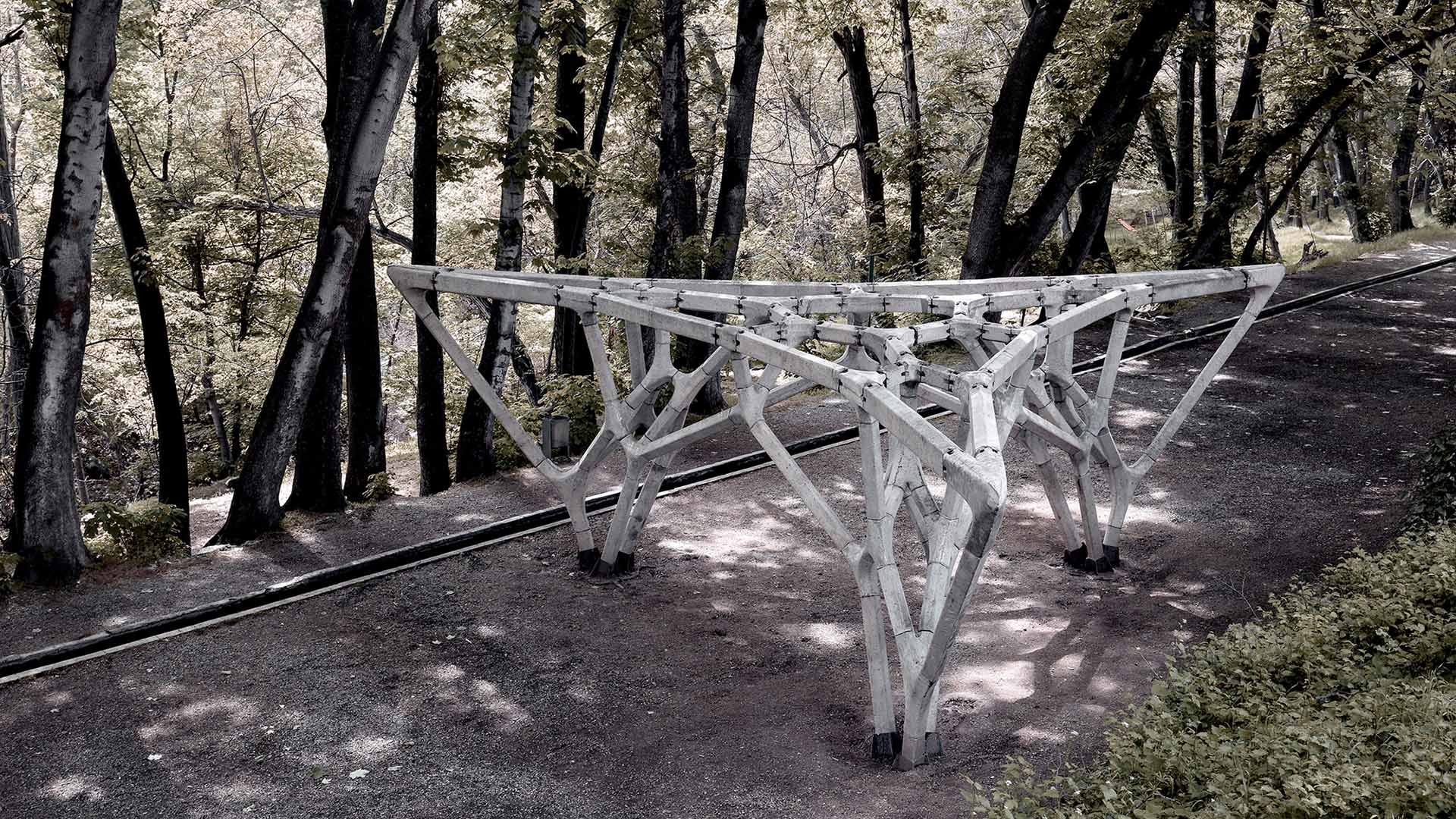
Finding Geometric Equilibrium through 3D Graphical Statics
As contemporary designers rely on digital software to generate complex forms, many designs are developed and then need to be reworked or even abandoned in order to achieve an optimized form for construction. Dr. Masoud Akbarzadeh and his team at the University of Pennsylvania are developing a technique that begins with a structurally optimized form generated through the design of the flow of forces. This approach known as Three Dimensional Graphic Statics is a geometry-based structural design method that aids architects and engineers in creating efficient structural forms at the beginning of the design process. We spoke with Dr. Akbarzadeh on the development of this research and how 3d Graphic Statics changes the way high-performance structures are designed.
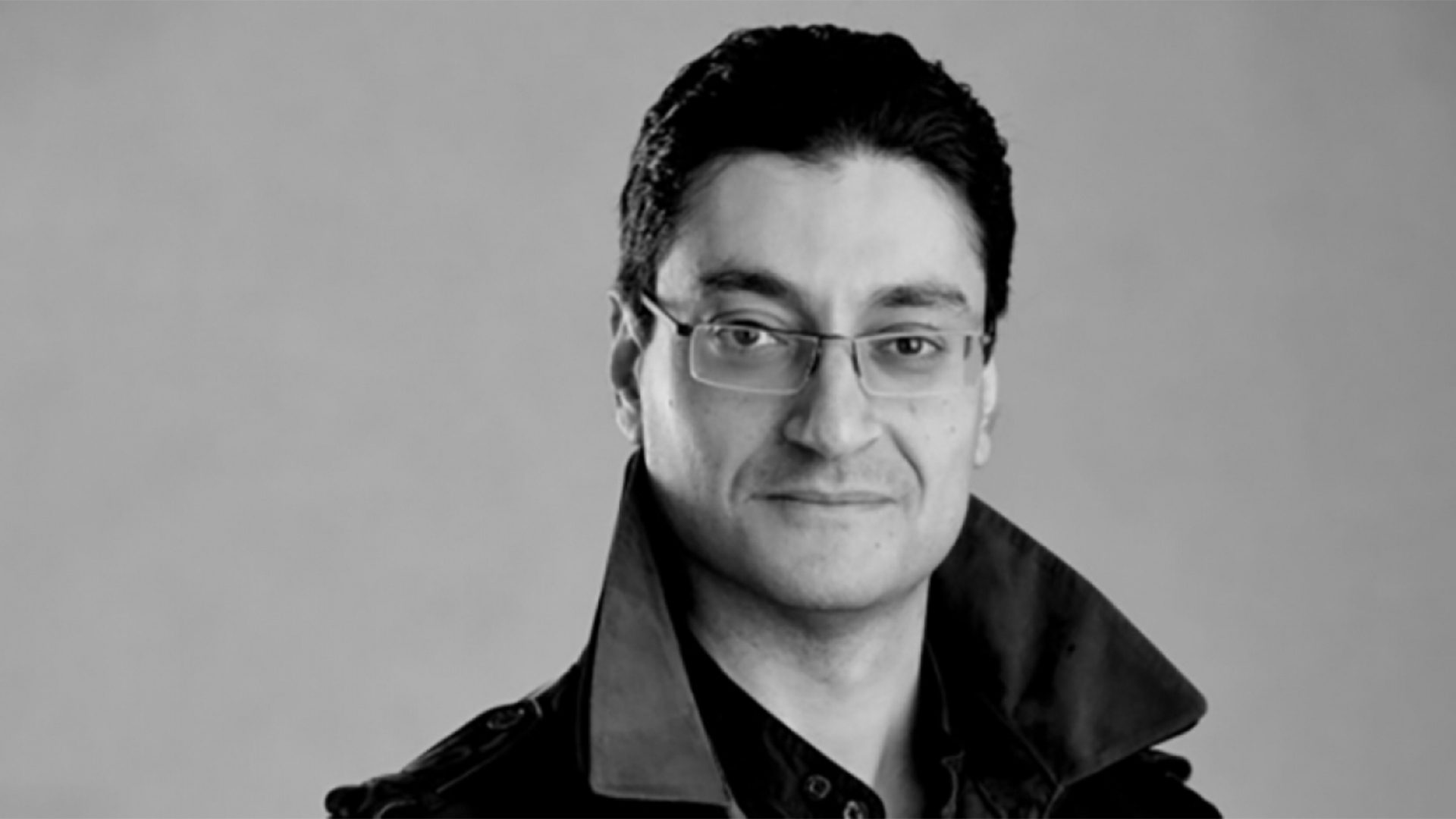
Tell us about your professional and academic background.
I am a designer with an interest in combining design with engineering. I am currently an Assistant Professor of Architecture in Structures and Advanced Technologies and the Director of the Polyhedral Structures Laboratory (PSL). I have been trained both as an engineer and architect. I hold a D.Sc. from the Institute of Technology in Architecture, ETH Zurich, where I was a Research Assistant in the Block Research Group. I also have two degrees from MIT: a Master of Science in Architecture Studies (Computation) and a MArch, the thesis for which I received the renowned SOM award. On the engineering side, I have a degree in Earthquake Engineering and Dynamics of Structures from the Iran University of Science and Technology and a BS in Civil and Environmental Engineering. In 2020, I have received the National Science Foundation CAREER Award to extend the methods of 3D/Polyhedral Graphic Statics for Education, Design, and Optimization of High-Performance Structures.
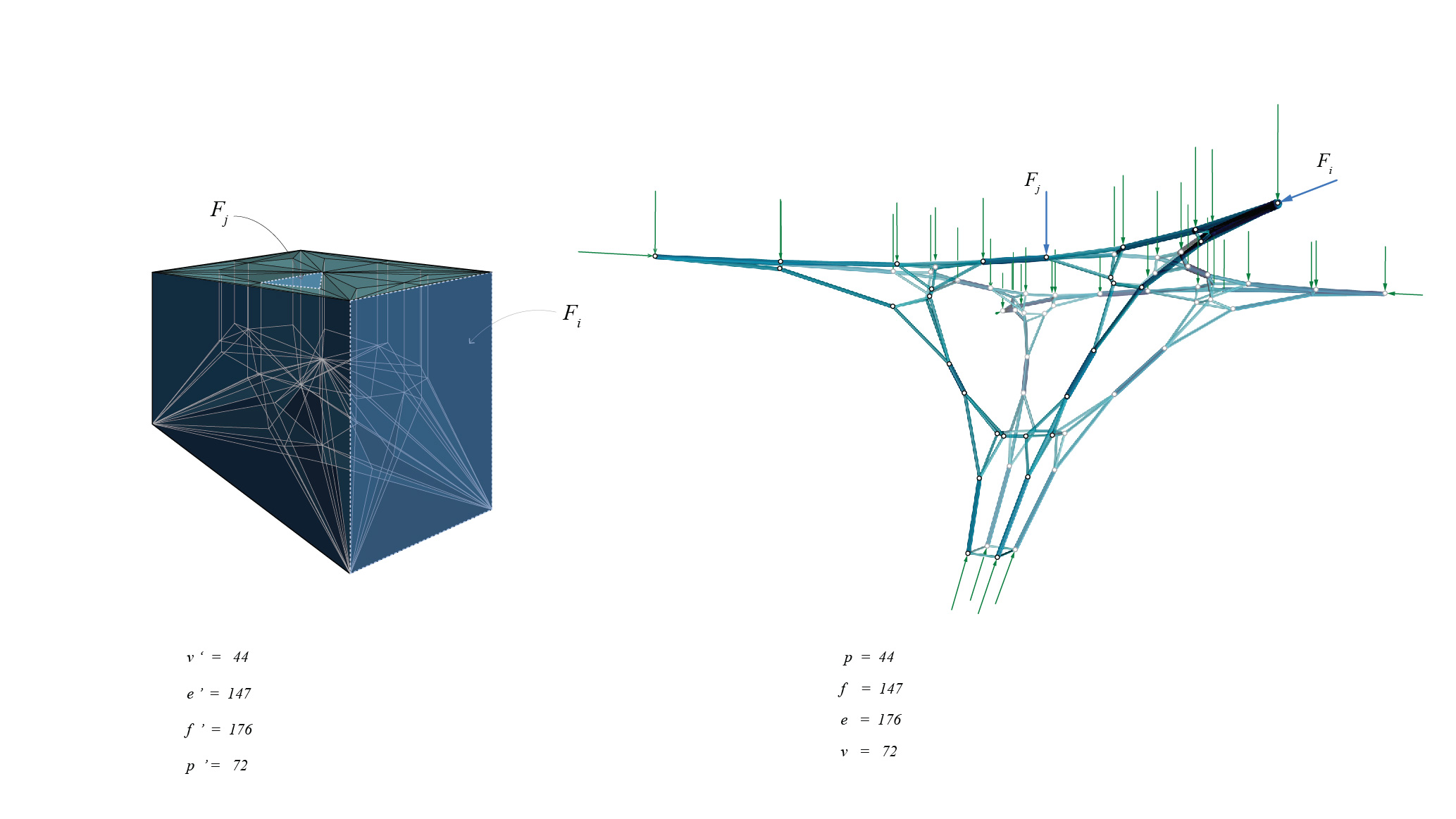
Briefly describe the Polyhedral Structures Lab and the motivation behind your research.
My main area of research is Three-Dimensional Graphical Statics, which links geometry to performance using an intuitive approach. I founded the Polyhedral Structures Laboratory as an interdisciplinary research unit connecting architecture, structural engineering, computer science, mathematics and mechanical engineering to enrich architectural geometry and to reconcile function, form, and technology. At PSL, we intend to push the boundaries of design research, and we are continually looking for teams and individuals to interact with across various academic disciplines.
Tell us about one of your latest projects that make use of innovative design workflows and how data are used in the workflow used for this project.
In all our research, we use data to derive our design. We have extensively used these methods in the design of efficient, lightweight architectural structures ranging from furniture to a pedestrian bridge, and the architectural pavilion. Most notably, we are currently using our design methodology combined with Machine Learning methods to decipher the design methodology in natural structures.
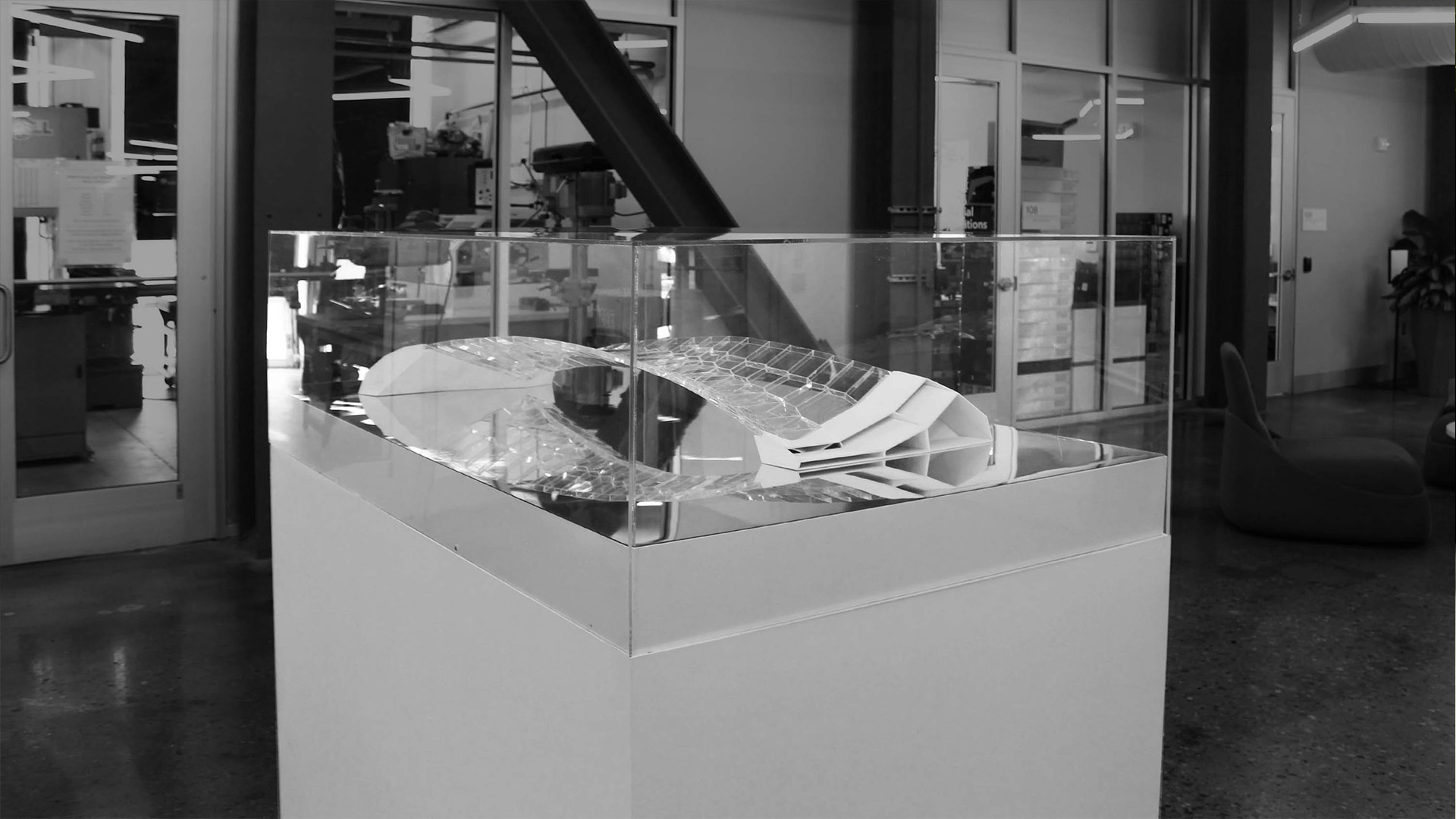
How has the use of data influenced your design/research process?
Our design approach is based on data! We use a completely unorthodox way of design: we use a method that can explain the equilibrium of forces geometrically. We manipulate these geometric equilibrium concepts and drive the design from that concept using computational tools which we develop at PSL. The tangible geometry that may represent the form of a design, architecture, or structure is in fact a derivative of some abstract geometric data representing its equilibrium. It might sound complicated, but in fact, is quite intuitive and has lots of advantages compared to any other performative design approach. In a conventional approach, often a designer starts with arbitrary geometry and analyzes it with respect to certain criteria to optimize the design. This is an iterative procedure; the optimization criteria are not evident in each step. Sometimes, the original configuration does not work at all, and the designer should start over.
In our approach, the initial geometric data guarantees the equilibrium of forces in the system. Therefore, the structural form derived from the geometric data will be in equilibrium and is optimized.
Saltatur credits: Principal: Dr. Masoud Akbarzadeh Structural Engineer: Dr. Mohammad Bolhassani Design Team: Ali Tabatabaie Ghomi, Mostafa Akbari, Alireza Seyed Ahmadian, Jingchu Sun Hanqing Yao, Judy Miziumski, Konstantinos Papalexiou
Hedracrete credits: Principal: Dr. Masoud Akbarzadeh Design and Construction Team: Mehrad Mahnia, Ramtin Taherian, Amir Hossein Tabrizi
Glass Bridge: Team University of Pennsylvania Principal: Dr. Masoud Akbarzadeh Design Team: Tian Ouyang, Andrei Nejur Model: Mostafa Akbari, Zhenhao Zhou Documentation: Zach Jones
Team City College New York City Dr. Mohammad Bolhassani
Team Villanova University Dr. Joseph Yost, Cory Byrnes, Liam Ryan
Technical University of Darmstadt Dr. Jens Schneider, Amir Philipp Chaddeh, Dr. Ulrich Knaack

